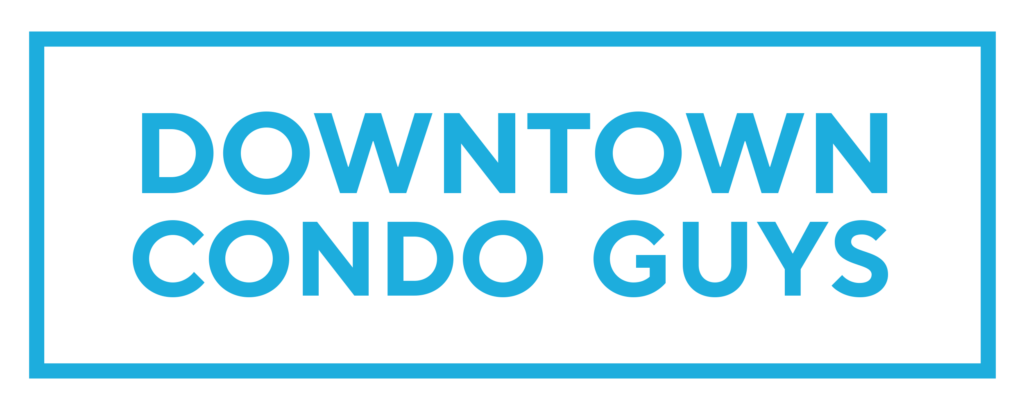
The FREE ride.
If you live downtown, there’s a good chance you know about FRED.
The Free Ride–deemed “FRED (Free Ride Everywhere Downtown)” in San Diego–launched in August 2016. Since then, FRED’s electric vehicles have given 140,000 free rides to everyone from professionals on lunch break to college students out for a night in the Gaslamp.
Just last week, FRED got additional funding to launch a much-needed expansion from 17 to 30 cars. We sat down with Elyse Cornett, San Diego native and Marketing Manager of FRED, to talk about the biggest challenges and opportunities ahead for everyone’s favorite free ride.
How Does FRED Work?
San Diego’s FRED is made up of a fleet of 17 electric vehicles. You can’t miss them. Polaris built the original model, but FRED customized it by ditching the doors, and building billboard-esque panels to showcase ads all over the vehicle.
Like other ride sharing apps, users simply pull up the app, request a ride, and hop in. However, unlike other ride sharing apps, you’ll notice these cars are basically rolling experiential ad campaigns. In order to keep rides free, FRED relies on a combination of revenue from the advertisements on their cars and funding from Civic San Diego through metered parking downtown.
 Not only is there advertising all over the outside of the car, but there’s also an iPad playing video ads and a rack holding physical materials–like business cards or local coupons. Advertising in FRED is especially valuable for downtown spots.
Not only is there advertising all over the outside of the car, but there’s also an iPad playing video ads and a rack holding physical materials–like business cards or local coupons. Advertising in FRED is especially valuable for downtown spots.
“We get tourists and locals alike looking for new places to go and new places to see,” says Cornett. “Our cars circulate 8-10 hours a day, and there’s no other marketing channel where people can see your branding, get a discount on the spot, and even be driven straight to your company.”
A Green Micro Transit Solution
In other locations–in Florida and The Hamptons–the Free Ride is positioned more as the “fun beach shuttle.”
San Diego’s operation, on the other hand, has a much bigger emphasis on eco-friendliness, and benefiting the city’s mobility options. It all stems from what Cornett and her team refer to as the “first-mile, last-mile” problem.
“[People] can take the trolley to downtown, but if they have to travel a mile to get to it or from the trolley to their actual office, it’s not convenient,” says Cornett. FRED solves this with a quick pick up.
FRED also keeps more cars off the road by supporting underutilized parking lots. “Let’s say someone drives to downtown from La Jolla, but they need to travel to Little Italy and a few other downtown destinations in the same day,” says Cornett. “Rather than moving their car from place to place, they can simply leave it parked, get on the app, and use FRED to get where they need to go.”
The Supply / Demand Problem
Right now, the biggest challenge FRED is facing is supply. Unlike Uber and Lyft, who essentially have endless streams of cars (except during those dreaded surges), FRED only has 17 cars.
Over the next five years, FRED is hoping to add about 13 more vehicles to their fleet, depending on customer demand. A couple weeks ago, Civic SD allocated $3.7 million over the next three years as potential funding to aid FRED in growth. A portion of this money will go towards replacing some of the current cars with lithium cars for even better performance.
However, the growth may require substantially less funding. “If our ad revenue dollars go significantly up, we won’t use all of the money,” says Cornett. “It’s contingent upon supply and demand, our performance, and advertising revenue.”
Interestingly, FRED in San Diego is the only The Free Ride location in the US with this many vehicles, and they pay their drivers a livable wage. Much of its rapid growth can be attributed to city’s support.
FRED’s Future
FRED’s parent company, The Free Ride, launched in the Hamptons in 2011 with one car. Now, The Free Ride spans 11 cities and four states.
In the future, Cornett believes The Free Ride will continue to expand and become a microtransit solution for many cities, particularly those looking to support green initiatives.

That got us thinking–going doorless in sunny San Diego and Florida is great, but what if they decide to expand to colder climates? “If we do move into markets with colder weather, we’ll have to adjust and enclose the car” says Cornett.
This is part of the reason why The Free Ride only operates during the summer in NYC. But in San Diego, the demand for FRED doesn’t stop for weather, even when the wind’s blowing and it’s chilly out. “We used to slow down during the winter time but now our demand always outweighs our supply,” says Cornett. “And now, our demand remains high even when it cools down.”
Visit their website | Download the app | Follow them on Instagram


